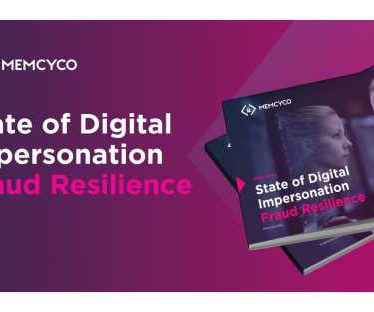News alert: Memcyco report reveals only 6% of brands can stop digital impersonation fraud
The Last Watchdog
MAY 21, 2024
The creation of fake websites used for phishing-related attacks (which are a top cause of account takeover (ATO)) is a growing problem that has earned cybercriminals an astonishing $1 billion+ in 2023 alone, according to data from the U.S. Federal Trade Commission. That’s more than three times the amount reported stolen in 2020.













Let's personalize your content